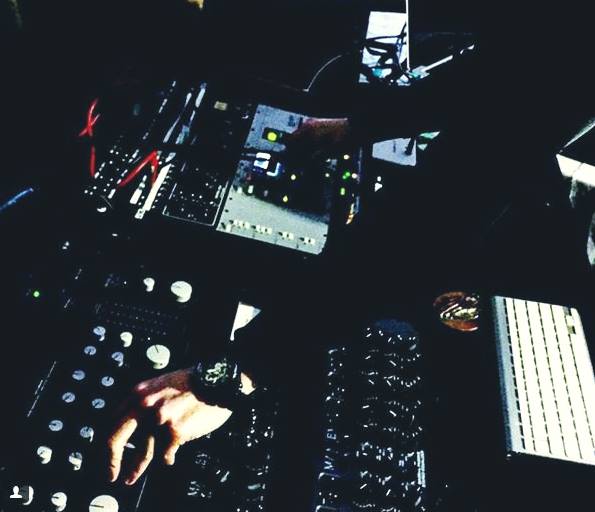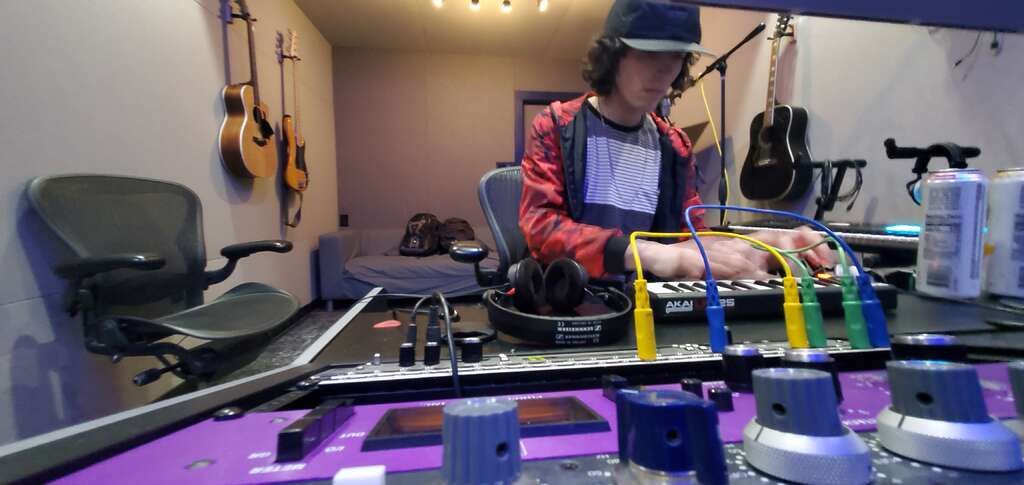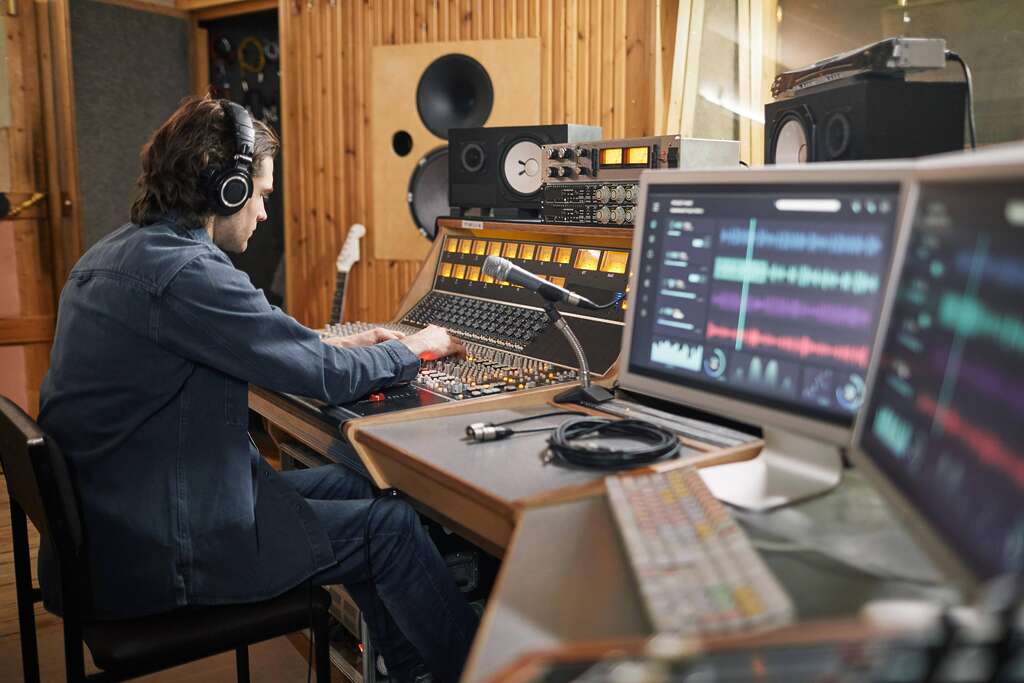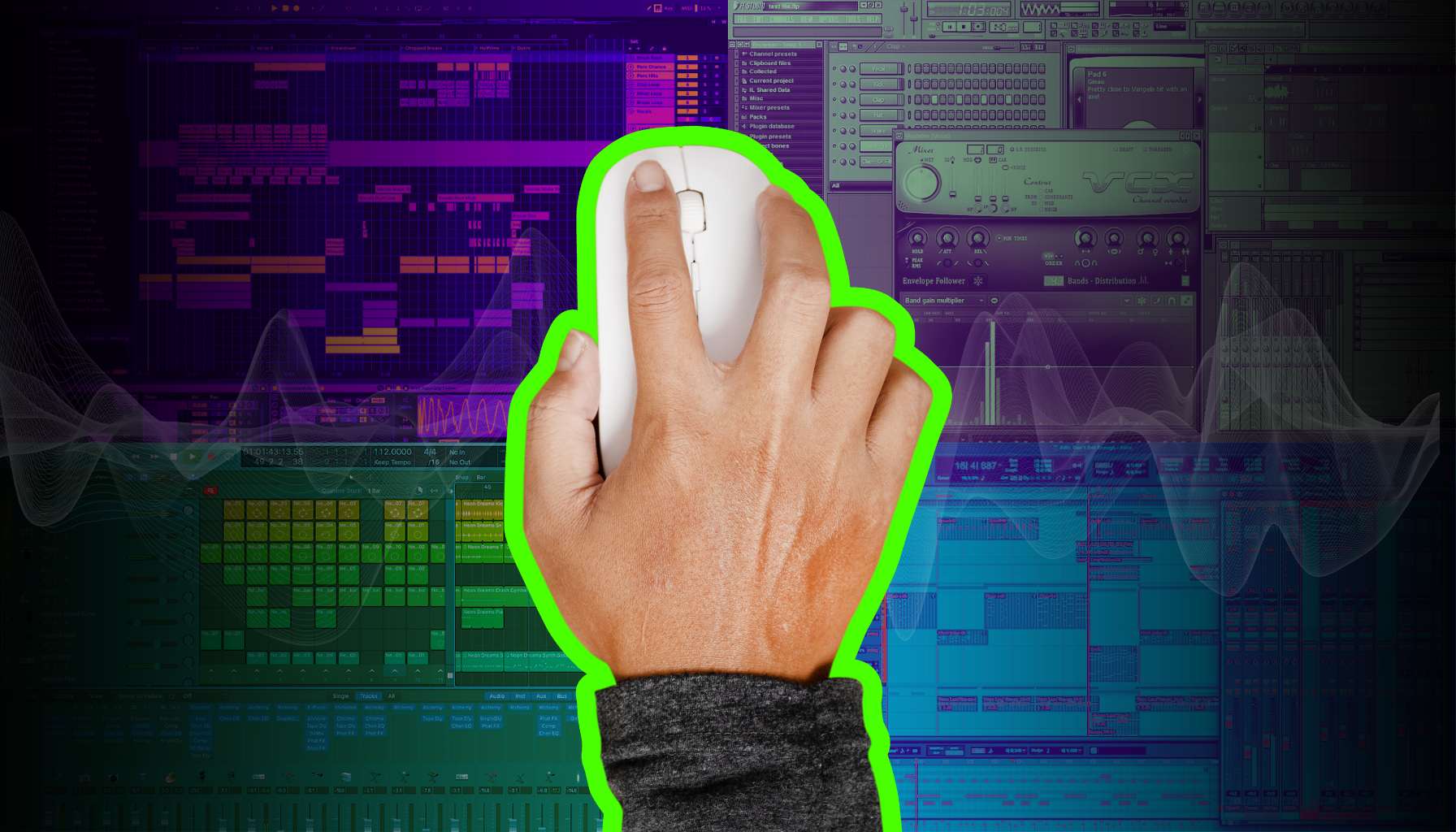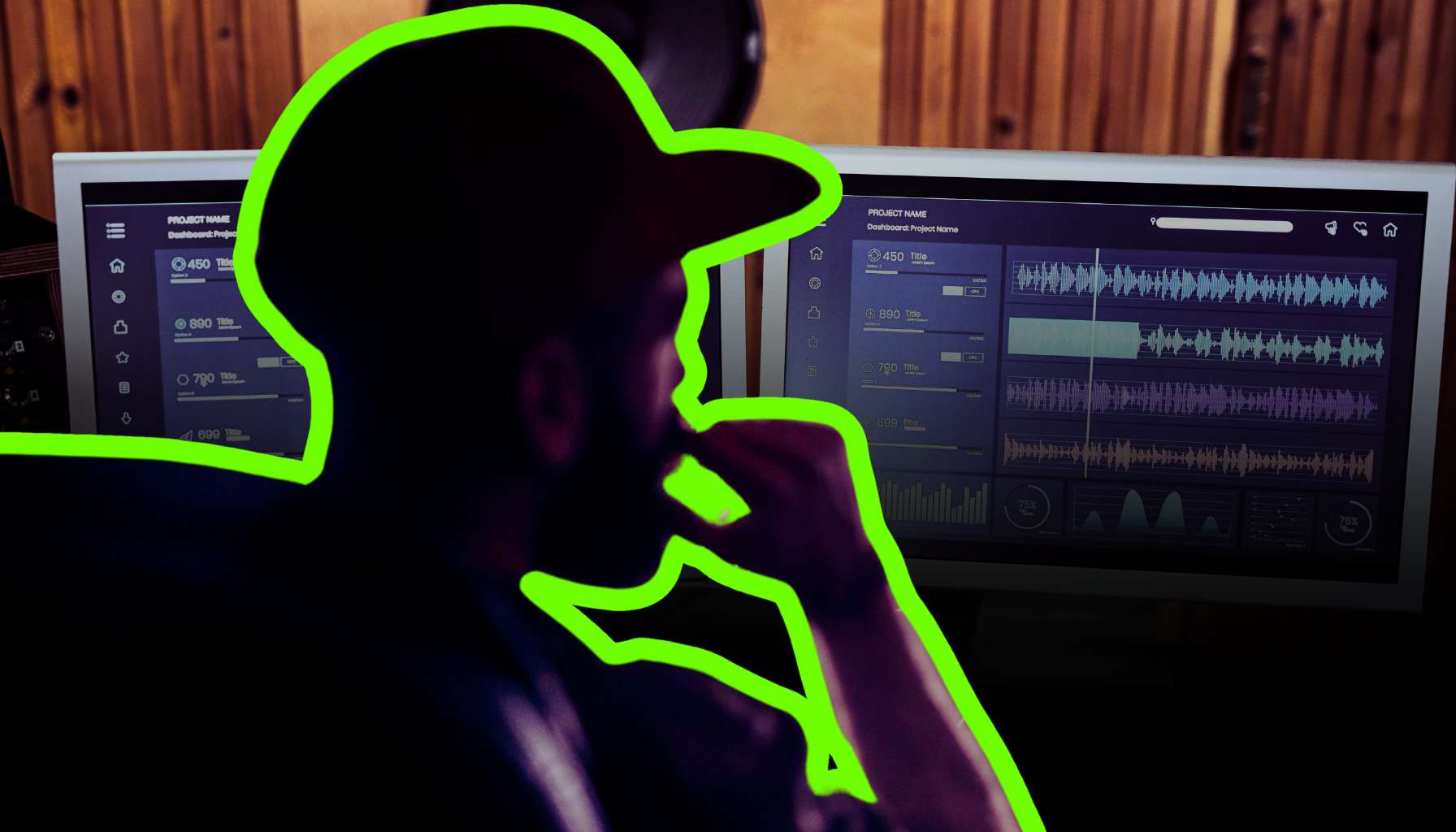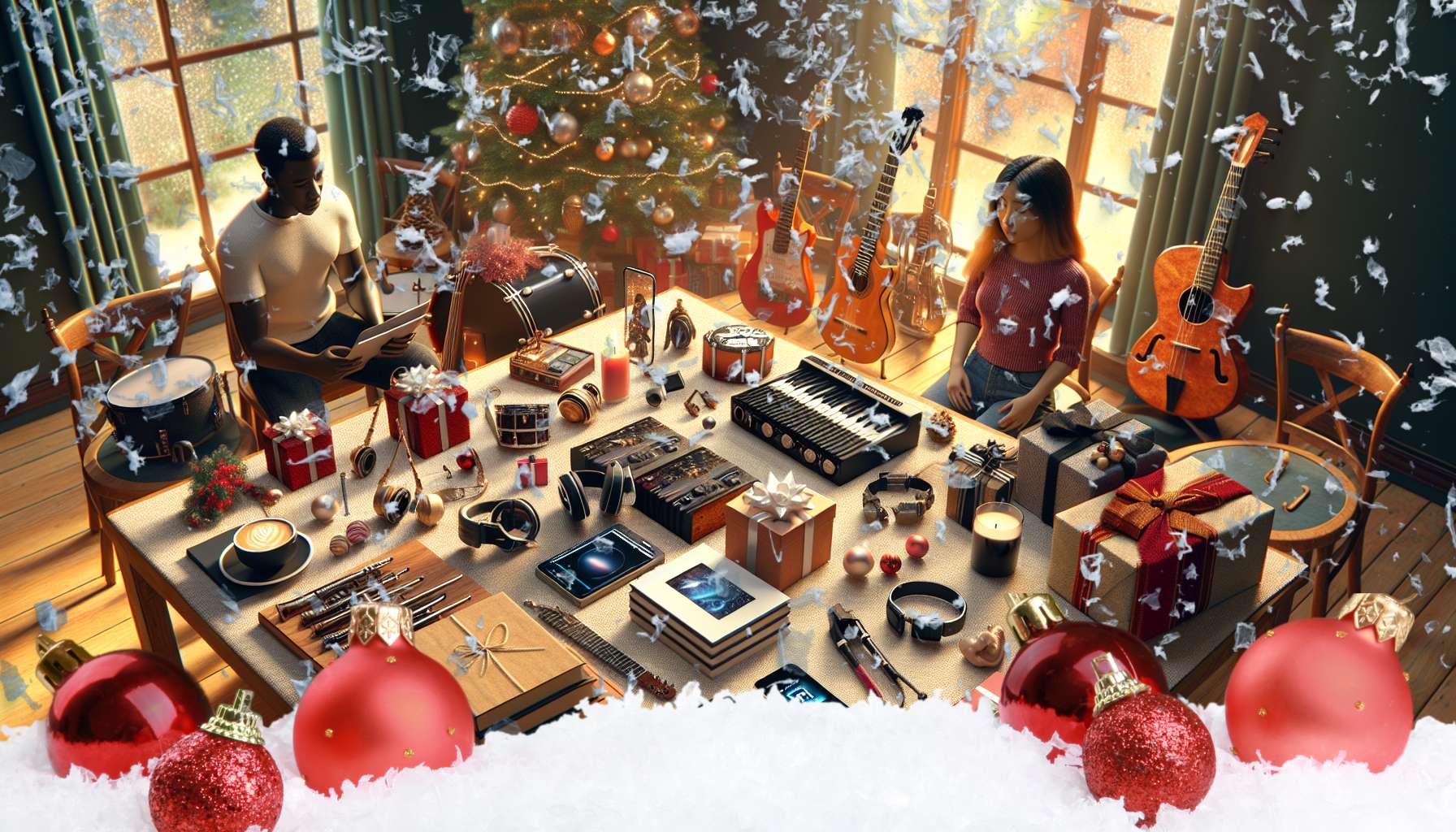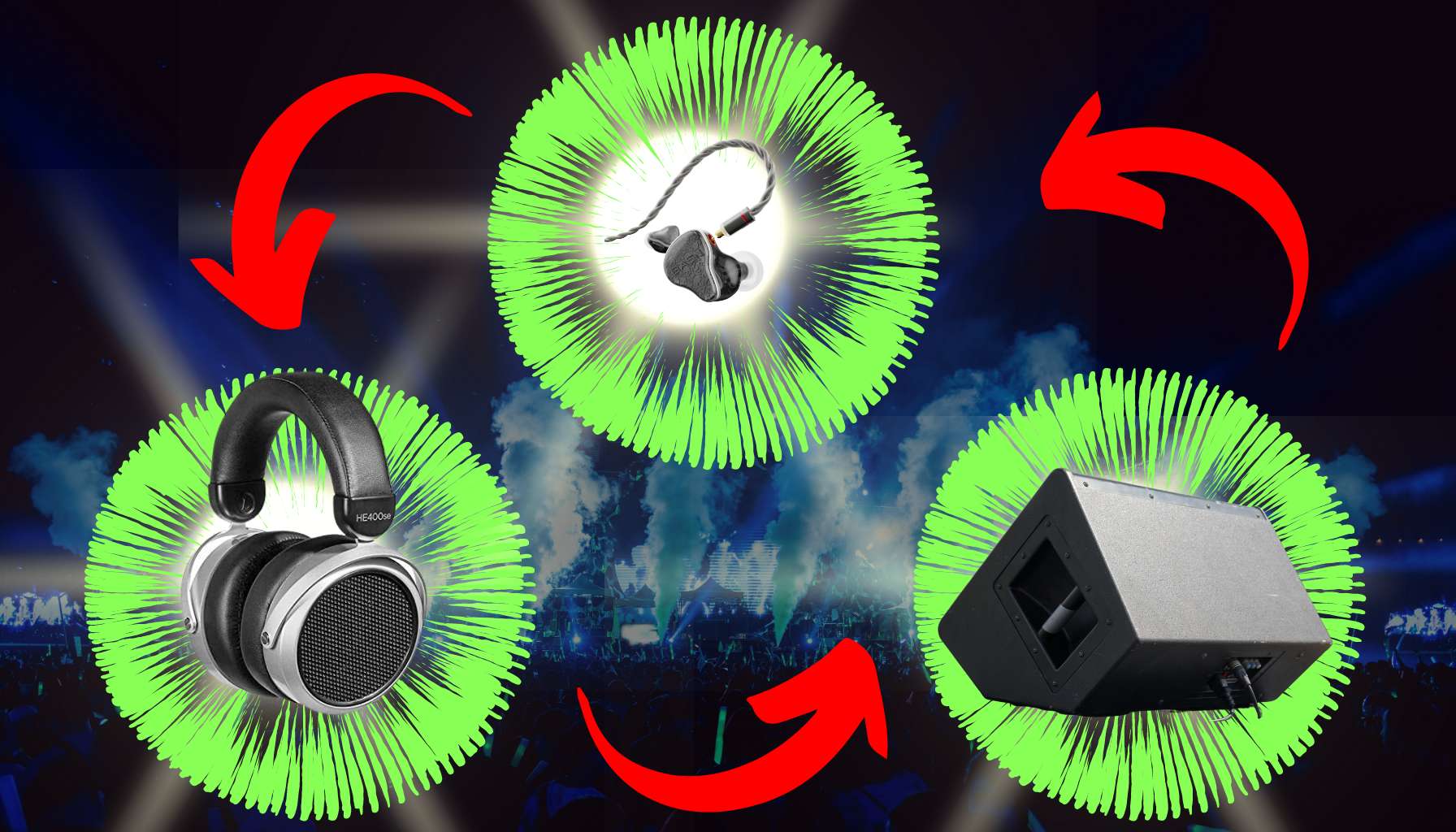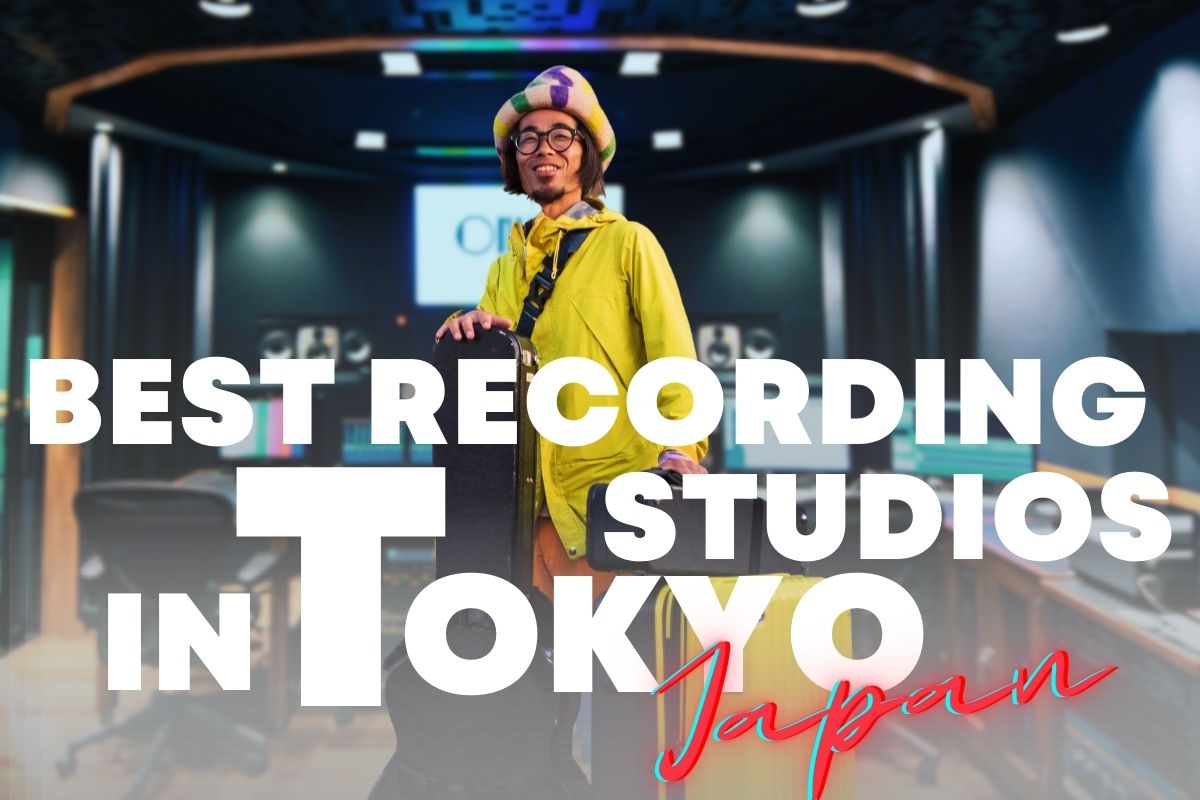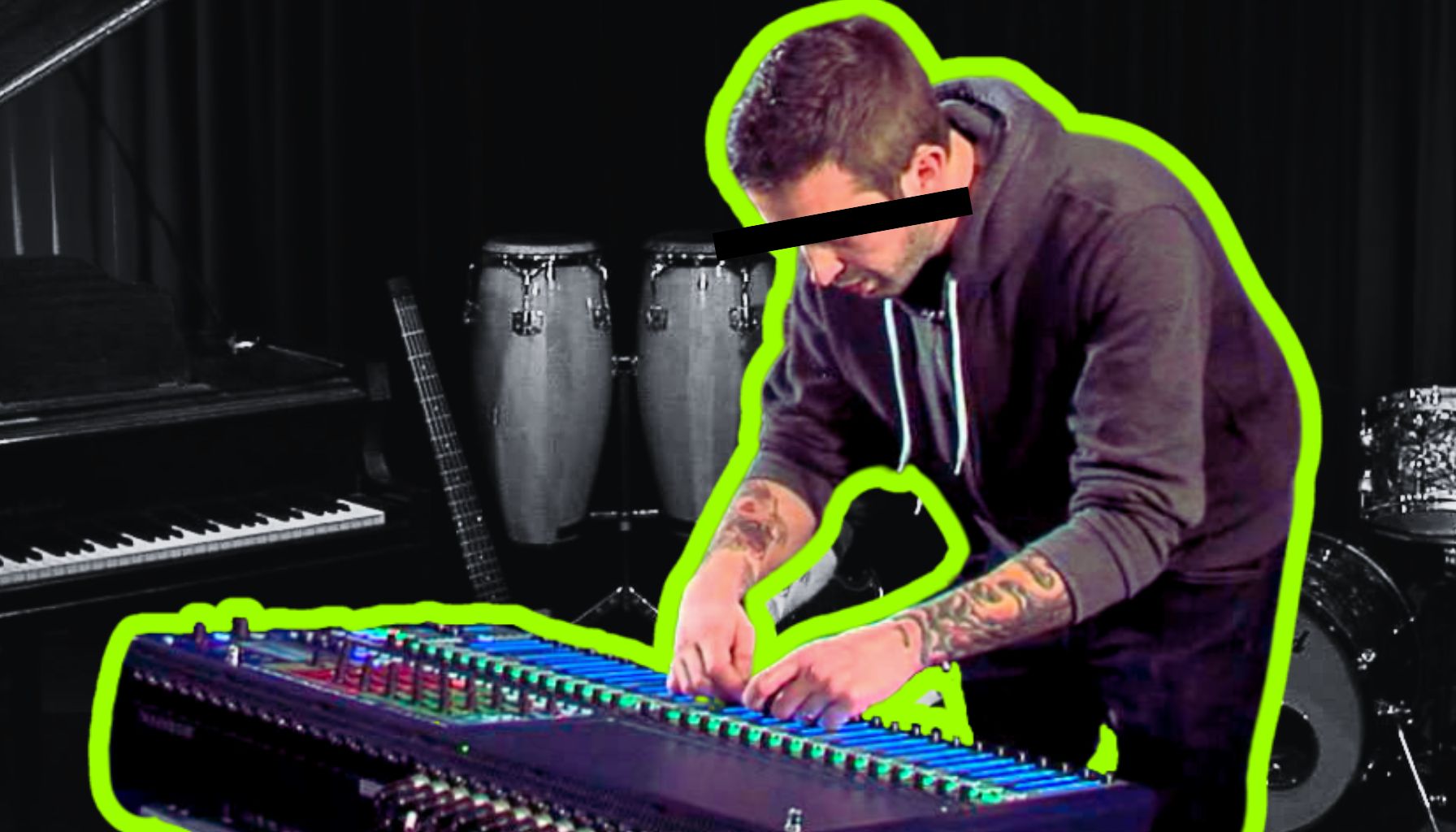As we pull back the curtain on the world of analog gear, it’s akin to stepping into a time machine—one that zaps us to an era where the warmth of vacuum tubes and the magnetic allure of tape defined the very soul of sound recording. As culturally ingrained as vinyl records and classic cars, the definition and history of analog gear are etched deeply into the music industry’s foundations. It’s this deep-rooted legacy that makes analog recording not just a method but a cherished tradition among audiophiles and music creators alike.
Introduction to Analog Recording
In the pantheon of recording, analog equipment is like the Mount Olympus where the gods of sound reside. Analog recording, the process of capturing audio as a continuous signal rather than the discrete data of the digital domain, has a warmth and life to it that often feels like the auditory equivalent of sipping a top-shelf whiskey—rich, with just the right amount of bite. It’s no wonder that when the industry is awash with binary code and fleeting trends, the importance of analog in today’s digital dominance has become akin to a culinary revolution embracing farm-to-table eating amidst a world of fast food.
The enchantment with analog gear can feel mystical, almost elusive. Each piece—from reel-to-reel tape machines to analog mixing desks—is a story in itself. The overview of the analog recording process is one of artistry, where the physical imprint of sound waves onto tape or through tubes creates a tangible alchemy that is as much about science as it is about soul.
The Warm and Natural Sound of Analog
The term ‘analog sound’ is bandied about like secret code among sound purists and record enthusiasts—whispered in dark corners of studio lounges and fiercely debated in online forums. It is a sound characterized by a certain je ne sais quoi—a natural, breathing quality that can turn sterile notes into a heart-throbbing croon. But what’s behind this enigmatic sound? The answer lies in the technical intricacies of tape saturation and harmonic distortion, which are, contrary to their names, the good kind of trouble that brings to life the vibrant tones and dynamic punch absent from the crisp, clean digital perfection.
In the upcoming section, brace yourself for a deep dive into the characterizing features of analog’s signature sound and how its inherent ‘imperfections’ craft a sonic tapestry that can tug on your listener’s heartstrings. As we explore the nuanced qualities that allow analog recordings to stand tall amidst the digital throng, it will become clear why the warm and natural thrum of analog is as sought after as the perfect wave by surfers pining for the ocean’s call.
Translating this robust and soul-stirring sound into the digital world presents its own set of challenges, and as such, transitioning to the next section, we will weave into the very fibers of how analog and digital recordings compare. This is a tale as old as time—or at least as old as digital technology—with purists championing the superiority of analog’s warmth against the convenience of digital’s clarity.
This is not just a story of how sound is captured but of the very essence it brings forth in our music. The unique characteristics of analog recording have elevated it beyond mere machinery; it is the heart and soul of what makes music feel alive, authentic, and, dare we say, human. Join us as we continue to unwrap the layers of sentiment and science that make analog recording an enduring and endearing fixture in the sonic landscape.
When it comes to analog gear, limitation might just be the unsung hero of the recording process. Artists often bemoan the paradox of choice—a buffet of digital options at their fingertips usually breeds indecision more than a catchy chorus. So, let’s talk about the beautifully imposed constraints of analog recording: a love letter to times when less was more, and more meant better music.
The Benefits of Limitations
Imagine you’re in a studio, surrounded by a finite amount of tape and channels. You don’t have the luxury of unlimited tracks or the capacity to slap on effect after effect like a tween let loose in a sticker store. Instead, you’ve got a steadfast space to work within—analog style. It’s like Tetris for musicians; you strategize your moves carefully since every block counts. There’s no undo button, just a forward march toward the finish line.
Constructive constraints can be an artist’s secret weapon. It’s about mental agility, deciding what’s in and what’s achingly left out. You don’t need to agonize over the gazillion plugins that could, maybe, possibly enhance your sound. With analog, the decision-making process is streamlined, focused, a clear path rather than a convoluted maze.
Fostering Creativity within Boundaries
Conversely, these limitations aren’t creative handcuffs but the tickle behind the ear of innovation. You see, having boundaries forces you to think creatively. There’s an old saying that goes, “Necessity is the mother of invention.” With limited means, suddenly, a guitar isn’t just something to strum; it’s an instrument that can be plucked, smacked, or even sat on if it gives you the sound you want. Analog compels you to dig deeper into the well of creativity and come up dripping with ideas the digital domain might never see.
The Impact on Pre-Production and Arrangement
Venturing into the world of analog recording shapes the pre-production and arrangement like a sculptor’s hands mold clay. It’s here, in the anticipatory stage, where the magic unfolds. Meticulous thought is given to every element—will that chorus of kazoo-playing nuns make the cut, or are the operatic dolphins more vital for this track? These brilliant and sometimes bizarre debates create a roadmap before the record button is even eyed hungrily.
Dynamic Range and Headroom
As we segue gracefully from the conceptual to the technical, the dialogue shifts to dynamic range and headroom. You’ve grafted your arrangements within the analog confines, and now it’s time to capture the moments that make music breathe and pulse. Here, we uncover the tools that make analog recording not just a science, but an art—one that paints with volume and space to create a mural of audible wonder.
Up next, discover how the spacious skies of dynamic range and the towering cliffs of headroom in analog systems craft a more organic listening experience—one that prides itself on its ability to honor every sonic peak and valley without the pixelation of digital clipping. As an audiophile, you can practically hear the stage being set for these analog heavyweights to slug it out with silence and noise, creating a mix that rings out with the clarity of a bell and the depth of a canyon. Stay tuned, and let’s delve deeper into this acoustic architecture that defines analog allure.
Fresh out of the digital domain, where ‘Undo’ buttons and infinite tweaks reign supreme, let’s pop the hood on the engine that drives the soulful ’67 Mustang of recording gear—yes, it’s analog time. Though we’ve basked in the glow of contemporary convenience, there’s something about the warm and natural sound of analog that digital just can’t touch—like preferring a crackling fire to your central heating system.
The Warm and Natural Sound of Analog
Characterizing the ‘Analog Sound’ gets tossed around in audio circles as much as passing the peas at dinner. It’s more than just sound; it’s the essence of warmth, the breath of life that wraps your recordings in an aural cashmere sweater. But what’s the magic behind this warmth? The familiar hug of sonic nostalgia that seemingly bathes in the fountain of youth?
Enter tape saturation and harmonic distortion—the “good” kind of distortion that sprinkles fairy dust over your tracks. Technical aspects might sound snore-inducing, but they’re the unsung heroes behind why some of the greatest recordings in music history sound as comforting as grandma’s apple pie. These aren’t the grab-your-head-and-yowl distortions of a guitar amp turned to 11; tape saturation and harmonic distortion are subtler. They color the sound gently, adding tones that make music taste more ‘chocolatey,’ if sound could take your taste buds on a date.
Comparisons with digital recordings showcase a stark contrast. Digital is the surgical scalpel to analog’s paintbrush; it’s pristine, clear, and, some might argue, clinical. The inherent ‘non-perfections’ of analog are precisely where the charm lies, not unlike the beauty that’s found in the asymmetry of a hand-woven rug.
It’s not just about how it sounds either. In the indelible lyrics of John Mayer, “It’s bigger than my body”—the analog experience, that is. It plunges you into a sonic time capsule where every knob turn and tape splice is a deliberate choice, a commitment etched into musical stone. Here’s where the warmth transcends the sound itself and infuses into the very marrow of the recording process.
Transitioning to the Physicality of Analog Gear
And now, fellow audio adventurers, we’re shifting from the radiant warmth of the analog aura to the tactile reality of the gear itself. It’s a playground of dials, meters, and switches that demand the touch of a human—one imbued with skills and magic in their fingertips. Capturing the warm and natural sound we so revere is an endeavor that’s intrinsically human, much like a painter with a canvas. The physicality of analog gear commands involvement and embodies a craftsmanship that marries technology with artistry.
The twists and turns on this journey of sound are bound by the tangible law of physics and the intangible spirit of creativity. The operational dance with analog equipment inevitably impacts the creative process, stamping every recording with the unique fingerprint of the artist and engineer. It brings forth the warmth that digital often seeks but finds just out of reach, like trying to catch smoke with a net.
This section sets the stage for a deeper understanding of the influence analog gear wields over the guardians of its gates—the musicians and engineers. It’s more than just warm sound; it’s the conduit for a warmth of interaction, an avenue paved with the physicality and intention that characterize the legendary tracks we hold close to our hearts. Navigate these roads carefully, and you’ll discover that every turn, every knob, every reel of analog equipment has a story to tell—our next chapter in this vintage saga of sound.
Ah, the moment your hands twiddle the knobs, and your fingers graze the faders on a piece of analog gear, it’s something akin to an artisan feeling the texture of raw materials – there’s a sense of elemental connection. Beyond the warm and natural sound of analog, the physicality of this gear plays a crucial role in molding the sounds that have charmed our ear holes for generations. Welcome to the touchy-feely world of analog equipment.
The Physicality of Analog Gear
Have you ever felt the electric buzz run through your fingers as you tweak a dial ever so slightly to sculpt the perfect tone? That tactile experience of using analog equipment isn’t just for the pleasure of gear aficionados – it has real implications. Yes, you heard it here folks, the knobs and sliders on analog gear don’t just make you look cool; they pull you into the recording process body and soul.
The mechanical nature of this equipment requires a dance of dexterity between human and machine, and it’s a ballet that leaves an indelible impact on the creative process. The knobs and their resistive glide, the switches with their decisive clicks, and the tactile feedback of a meter’s needle bouncing to the beat channel the abstract notion of creativity into a world of concrete actions and reactions.
Beyond the physical lies the involvement of human skills and expertise. Working with analog gear isn’t something you can wing with a wing and a prayer; it takes practice, patience, and a certain finesse that calls back to a time when recording was as much craft as it was science.
Audio Editing and Mixing on Analog
The manual process of editing tape is like a rite of passage—a war story every seasoned engineer fondly (or not-so-fondly) reminisces about. Splicing tape with nothing but a razor blade and a steady hand is the audio equivalent of performing open-heart surgery. You have to respect the craft, the medium, the sheer audacity of cutting and taping back together those precious sound waves. It’s a process that demands respect, precision, and a slightly masochistic love for the work.
Jumping from the splicing block to the mixing desk brings you face-to-face with the behemoths of the analog world—mixing consoles and outboard gear. These iron giants do more than process audio; they imbue it with character, each knob turn and fader push sculpting the track’s very essence. We’re talking about crafting unique sounds, the kind that digital plugins emulate with the longing of a lovestruck poet penning sonnets about a muse they’ve only met in dreams.
In this world, transformers and tubes work their invisible magic to splash color on canvas, resulting in tracks that groove with a life all their own. And it’s not just about what’s inside these boxes of wonder; the influence of physical space and acoustics plays a pivotal role in shaping the sound. After all, what’s a beautiful console without the right room to sing in?
The Analog Community and Knowledge Exchange
As we meander from the granular grit of audio editing to the broader brushstrokes of community influence, you’re not just learning a technique; you’re inheriting a legacy. The analog community is less of a circle and more of a tape loop—endlessly reinforcing and refreshing the flame of tradition. It is a network held tight not by cables, but by shared passion and reverence for the analog way.
The role of communities in preserving analog techniques is paramount—like ancient guilds passing down secret knowledge to worthy apprentices. This knowledge doesn’t sit hoarded in dusty tomes but is made vibrant and alive in workshops, forums, and collaborative learning opportunities. Remember, in the analog domain, every twist, press, and patch is a conversation—a story handed down through countless echoes.
Mentorship and apprenticeships in analog recording studios are the cornerstone of this culture. You might enter into this world wide-eyed and green as an oscilloscope trace, but the wisdom of the masters, the patience of yesteryear’s tech married to modern ambition, transforms neophytes into pros who can cut tape with their eyes closed and mix with their hearts open.
Embrace the creak of the chair, the hum of the rack gear, the sacred dance of bouncing tracks, for this, my audio acolytes, is the pure confluence where art meets craft. As we pack up our reels and tip our hats to the analog forebearers, let us segue seamlessly into a conclusion that beckons with the soft glow of VU meters, encapsulating not just the sounds, but the very soul of recording with analog gear.


